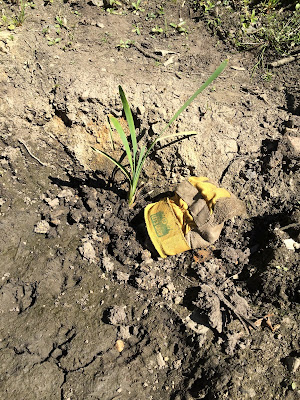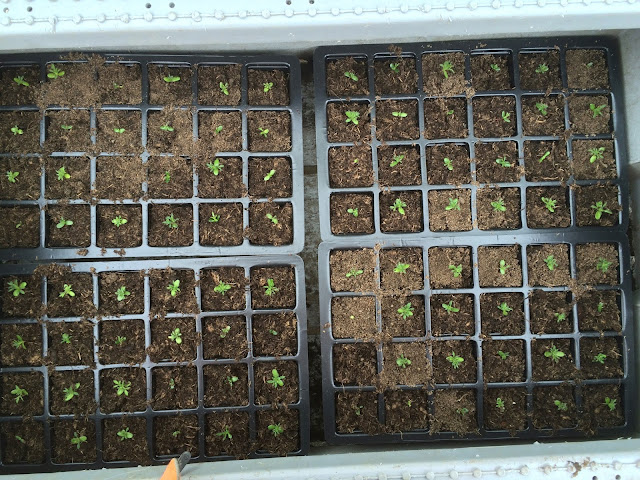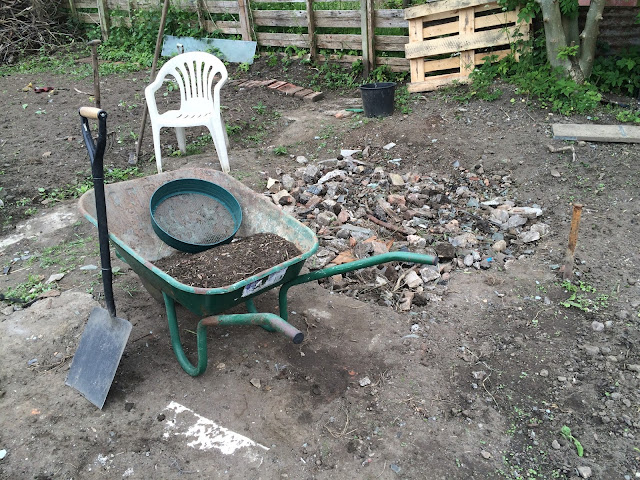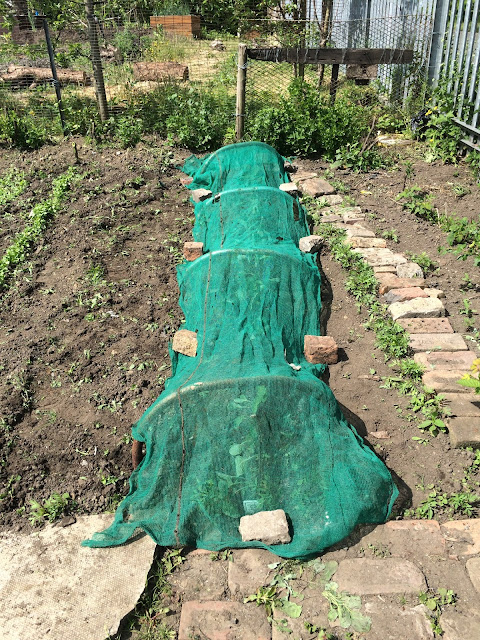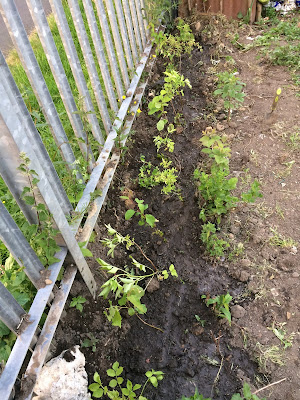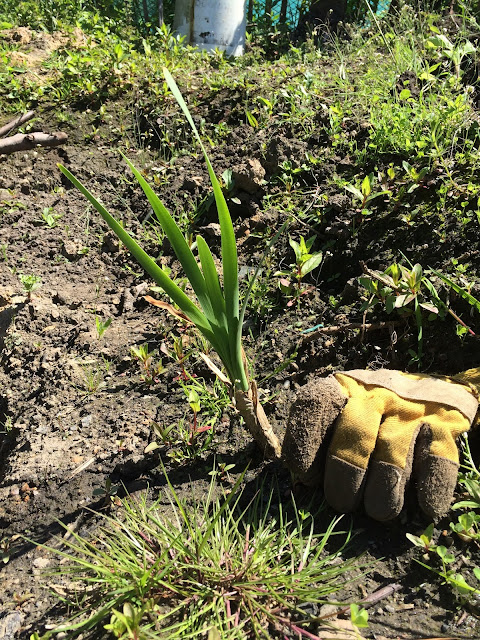Hedgerow - Yet Another Update
Maybe it's something primeval, the need to secure a growing space with a hedge. The Secretary Formerly Known As Bee Lady has not gotten back to me about more bare root hedging plants. I don't know what the story is there, but must proceed under my own steam for now. This winter I'll plant the gorse right around the boundary, in a staggered row with gaps to be filled subsequently. Assuming the seedlings don't get waterlogged or dried out over the summer, there are 200, enough for a staggered row 1ft apart around most of the boundary. For the rest, I'm going to buy (yes, I know) blackthorn seeds , and stratify them this winter to plant next winter. Also silver birch , (the first tree I learned to recognise when I was a small child). Thinking further ahead, maybe several thousand years further ahead, I'm going to stratify yew , (the price of rootballed yew is outrageous - so there's a big profit margin if you have a bit of ground and patience). Holly has



